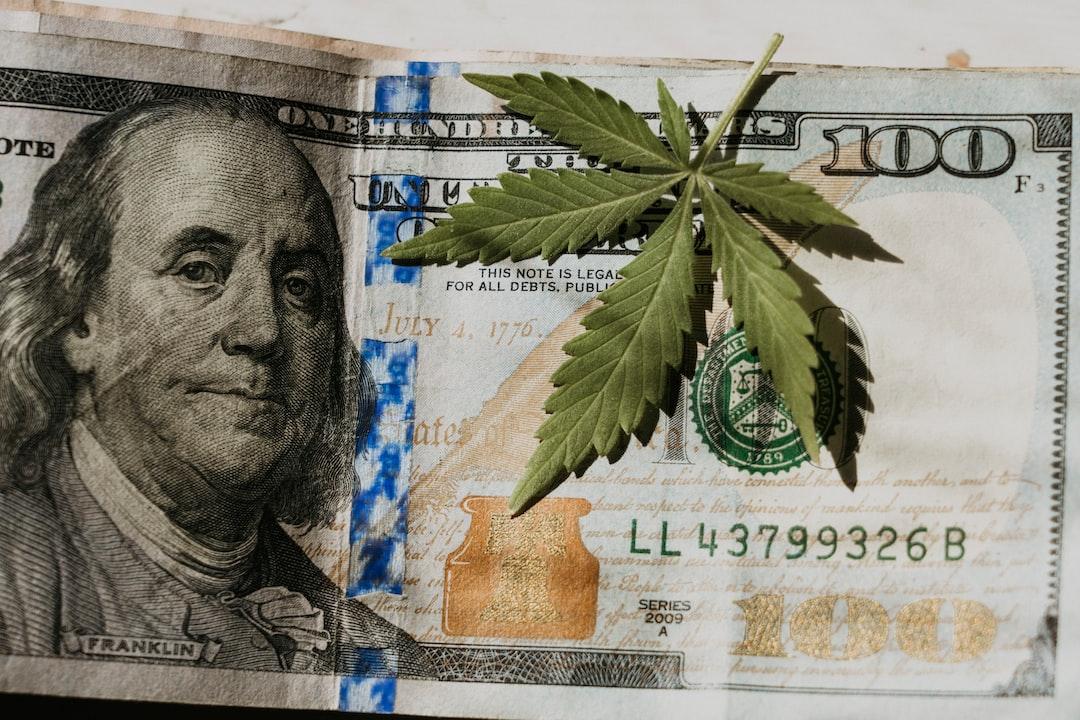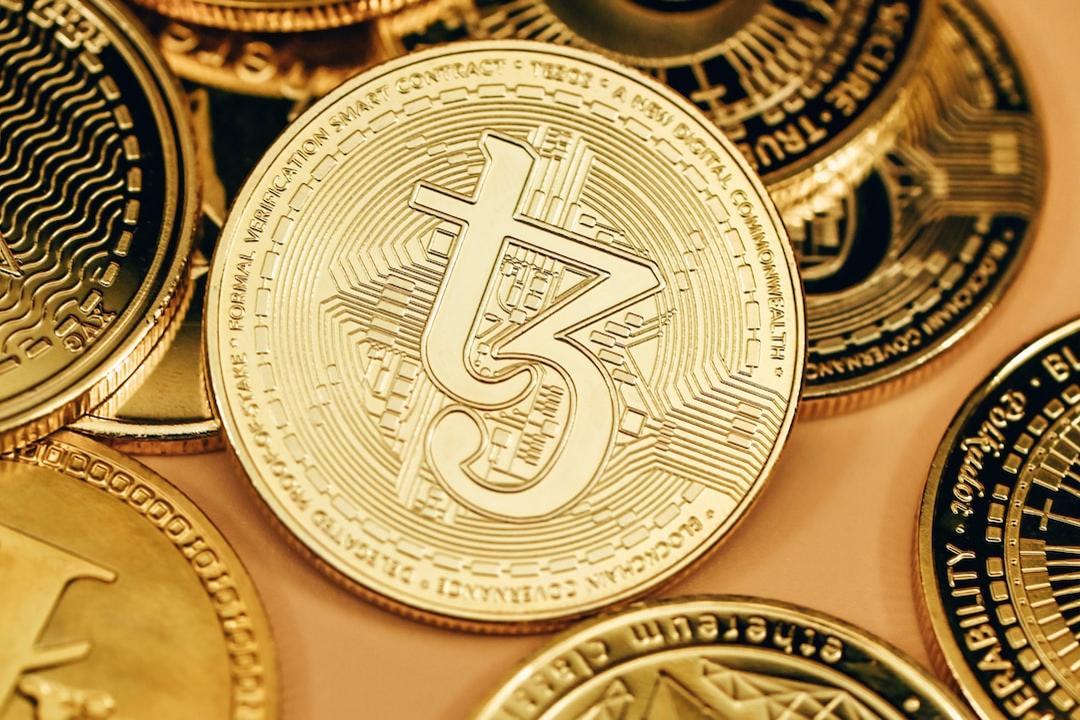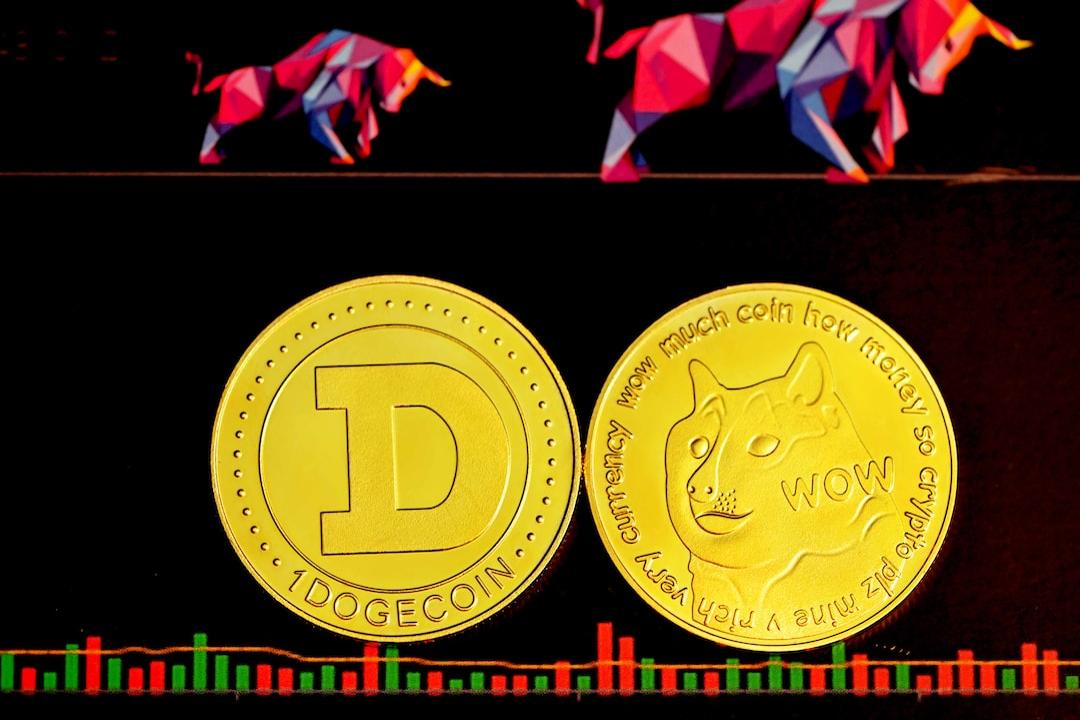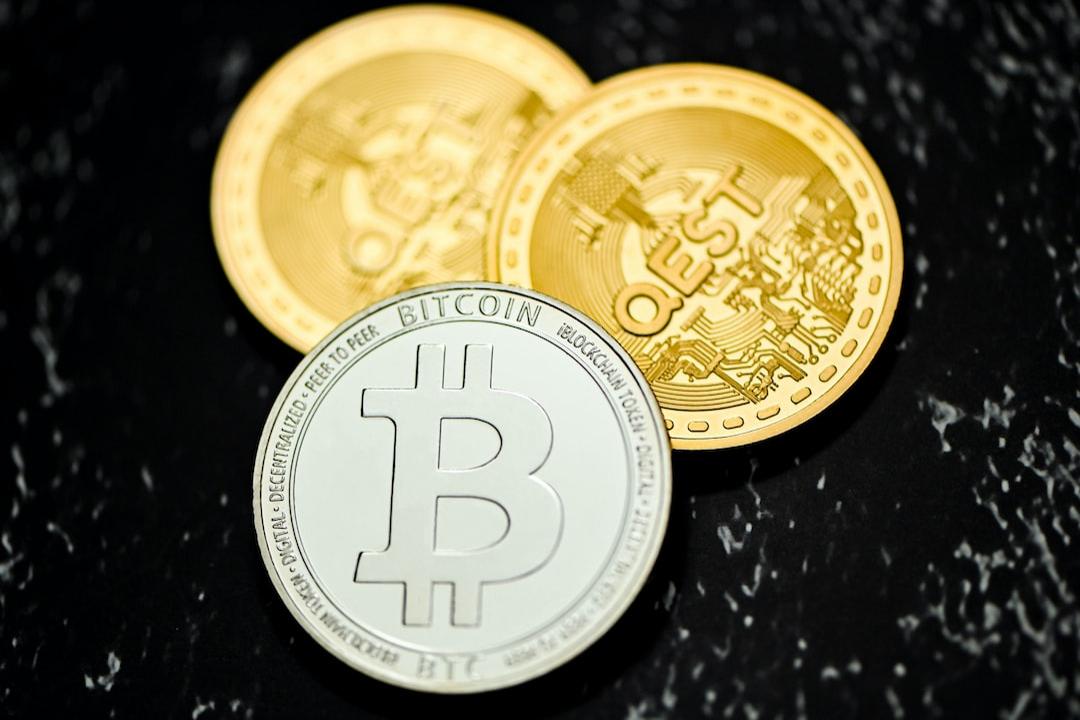Coinbase Monthly Report Highlights Bitcoin’s Growing Mainstream Appeal
On May 14, the well-known exchange Coinbase released its monthly report, indicating that as the U.S. fiscal and trade deficits worsen and global de-dollarization sentiments rise, Bitcoin, an asset that is “not subject to sovereign restrictions and can be self-custodied,” is trending toward mainstream acceptance and is expected to become a new choice in the international reserve system. Coinbase even estimates that if countries around the world convert 10% of their foreign exchange reserves into Bitcoin, the overall market value could increase by $1.2 trillion.
Rising Risks of the U.S. Dual Deficits and Questions on the Dollar’s Safe-Haven Status
The report points out that for the past half-century, the U.S. economy has relied on central bank independence and stable inflation targets. However:
- Since the 2008 financial crisis and the COVID-19 pandemic, massive fiscal stimulus has led to a surge in U.S. debt.
- U.S. national debt has increased from 63% of GDP in 2008 to 122% by 2025.
- After significant interest rate hikes by the Federal Reserve in 2022-2023, government borrowing costs have risen, making U.S. interest payments hard to ignore, spurring trade protectionism and raising questions about the dollar’s safe-haven status.
As shown in the chart, by 2025:




“The U.S. fiscal deficit has expanded to nearly -15% of GDP, while the trade deficit has worsened to a monthly -$140 billion, with both deficits simultaneously hitting historical lows. This indicates that the U.S. is continuously borrowing domestically while experiencing significant external deficits, putting unprecedented pressure on the dollar’s safe-haven status.”


Global Non-U.S. Institutions Heavily Invested in Dollar Assets Without Hedging
It is particularly noteworthy that global non-U.S. institutional investors, such as pension funds and sovereign funds:
“Over the years, they have heavily invested in more than $33 trillion of dollar assets without specifically hedging.”
If a reversal of confidence occurs in the future, it could trigger a large-scale asset reallocation and a wave of dollar sell-offs. As depicted in the chart below, by 2025:
“Market positions betting on a decline in the dollar have expanded to over $30 billion in net short positions, marking a recent high.”
“At the same time, the multilateral dollar index, which represents the overall strength of the dollar, has fallen below 100, indicating that global investors’ confidence in the dollar is clearly declining.”


Bitcoin and Gold Positioned as New Reserve Assets with Unique Advantages
Coinbase points out that the crisis of confidence in the dollar is not unprecedented, but this time, the structural change may bring “store of value assets” back into focus, including gold and Bitcoin.
Gold will be classified as a Tier 1 high-quality liquid asset by international regulatory bodies (Basel III) starting July 2025.
Bitcoin, on the other hand, is characterized by:
- Being free from national control
- Exempt from freezing and sanctions
- Self-custodial and flexible for circulation
Due to these features, BTC is regarded as an asset that is “not subject to governmental influence,” making it particularly suitable for international transactions sensitive to sovereign currencies. For example:
- Russia’s 2,000 tons of gold stored overseas cannot be utilized due to sanctions.
- The Argentine government has previously frozen citizens’ gold and dollar assets to prevent capital flight, but it is challenging to implement similar controls over Bitcoin.
Bitcoin Gains Attention on National Radar, De-Dollarization Still in Early Stages
Currently, over 80% of international trade is still settled in dollars, but an increasing number of countries with current account surpluses, such as China and Switzerland, are beginning to question whether they should continue relying on the dollar as an intermediary. As shown in the chart below:
“The dollar is still involved in nearly 90% of global foreign exchange transactions; although the de-dollarization sentiment is becoming increasingly apparent, it remains in the early stages.”


Although the euro is the second-largest reserve currency, its potential to replace the dollar is limited due to the European Central Bank’s mechanisms and fiscal fragmentation. In contrast, BTC, despite its volatility, possesses characteristics of being digitally native and free from sovereignty, making it a potential candidate for multinational trade and reserve systems. Coinbase states:
“If 10% of global foreign exchange reserves were to shift into Bitcoin, it would contribute $1.2 trillion to BTC’s market value.”
Countries and the U.S. Begin Accumulating Bitcoin; Bitcoin ETFs Drive Public Participation
Coinbase has also observed a growing interest among countries in Bitcoin as a strategic reserve:
- In March 2025, the U.S. White House officially included 198,000 confiscated BTC in its “strategic reserves.”
- China has also judicially confiscated approximately 190,000 BTC, although the government has not officially acknowledged this.
- Countries such as Switzerland, Japan, Finland, and Poland are also studying whether to incorporate Bitcoin into their national asset allocations.
Moreover, the introduction of Bitcoin ETFs in 2024 will make it easier for retail and institutional investors to enter the market. As shown in the chart below, by 2025:
“The number of wallet addresses holding more than 0.01 BTC has surpassed 14 million, indicating a continuous expansion of the user base, with BTC gradually moving toward mainstream acceptance as a public store of value.”


The Erosion of Dollar Hegemony Paves the Way for Bitcoin’s Rise
In summary, Coinbase believes that while the dollar’s status will not be replaced overnight, this wave of structural change could drive capital toward new types of store of value assets. Gold is certainly stable, but Bitcoin, due to its self-custody and immunity from geopolitical influences, has greater potential to become the “digital reserve asset” of the new era. Over the next decade, if the reserve asset market grows from its current $20 trillion to $53 trillion, even capturing a small share could yield significant upside potential for Bitcoin. As shown in the chart below, by May 2025:
“The risk-adjusted return (Z-score) of Bitcoin (BTC) and the top 50 cryptocurrencies (COIN50) has climbed back to Z-score 2, significantly outperforming the S&P 500’s Z-score of approximately 0.”
“Since Trump’s Liberation Day on April 2, the recovery speed of crypto asset returns has markedly outpaced traditional stock markets, indicating a renewed market preference for high-volatility, high-potential assets.”


Risk Warning
Investing in cryptocurrencies carries a high level of risk, and their prices can be highly volatile; you may lose all your principal. Please evaluate risks carefully.

